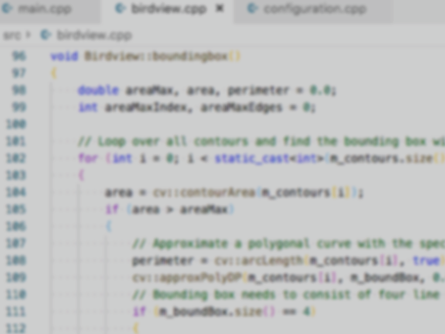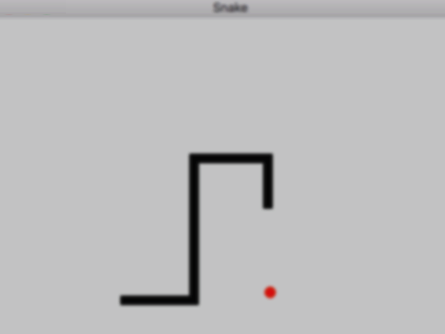Worked on a project for the development of a SAE L4 urban automated driving system. Defined the
first release of the security test concept based on the complete system and software architecture
with focus on vehicle attacks. Analyzed threats against sensors and AV stack components, and developed
test plans. Implemented security tests (e.g. QNX hardening), software test methods (e.g. AFL fuzzing),
test automation on target hardware in CI fashion. Performed vehicle tests in the context of sensor
security for radar and camera perception, and analyzed functional performance issues during attacks.
Researched adversarial sensor attack potentials on deep learning models, and validated the system
robustness during attacks in simulations and test track measurements.




